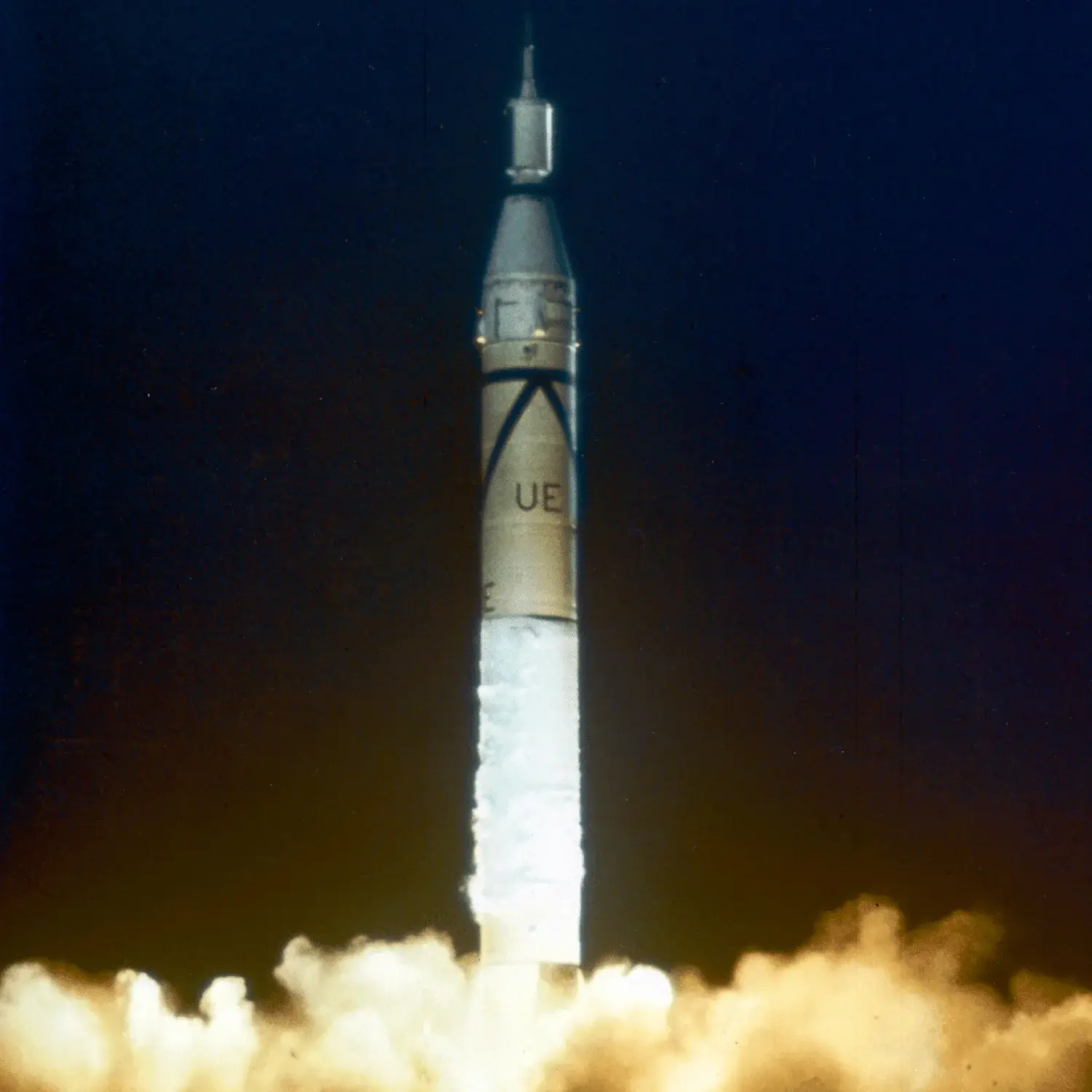ABMA
/
Juno I

Description
The Juno I was a four-stage American booster rocket that launched America's first satellite, Explorer 1, in 1958. The Juno I consisted of a Jupiter-C first stage, based on the Redstone missile; with three additional solid fuel stages based on the Sergeant missile to provide the added impulse to achieve orbit. Juno I is commonly confused with the Juno II launch vehicle, which was derived from the PGM-19 Jupiter medium-range ballistic missile.
Missions
6
Success Rate
50.0%
Successes
3
Failures
3
Success Streak
0
Partial Failures
0
Previous

October 23, 1958
Beacon 1
Juno I | ABMA
Cape Canaveral SFS, Florida, USA

August 24, 1958
Explorer 5
Juno I | ABMA
Cape Canaveral SFS, Florida, USA
Configurations

Retired
Juno I
Active in 1958
Rocket
Height: 21.2m
Payload to Orbit
LEO: 11 kg
Liftoff Thrust
416 Kilonewtons
Stages
4